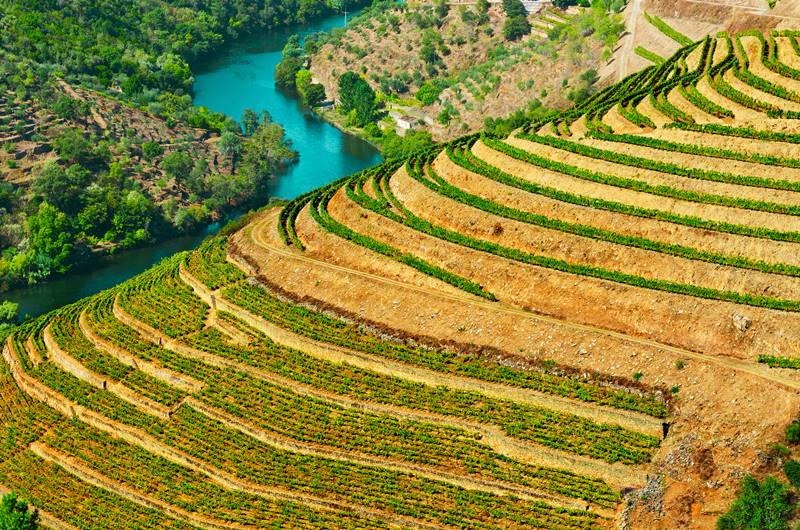Douro Valley's Winemakers Fight for Survival
Douro Valley Wine Industry Faces Perfect Storm of Declining Sales and Surplus Production
2024-06-18

The Douro Valley, renowned for its world-class Port and Douro wines, is currently grappling with significant economic challenges. This picturesque region, spanning 43,700 hectares in northern Portugal, is facing a perfect storm of declining wine consumption and an unprecedented surplus in production. Let's delve into the current difficulties and how the wine industry is responding.
Last year marked a watershed moment for Douro's wine growers, as brands and cooperatives turned away grapes from many producers—a scenario never seen before. Teresa Barbosa, who owns 30 hectares of vineyards in Cima Corgo, shared how her usual buyer slashed the quantity of grapes they purchased, leaving her scrambling to find new buyers during the peak season. Monica Araujo faced a similar predicament, managing to secure a new buyer at the last minute to avoid a production crisis.
Sales of Port and Douro wines have seen a sharp decline. In 2023, sales plummeted by 5% after a dramatic 22% drop in 2022. Ricardo Macedo, a winemaker at São Luiz, pointed to the global decrease in wine consumption coupled with a surge in Spanish wine imports, particularly in bulk. These imports are directly competing with local wines in restaurants and retail outlets.
In an attempt to address these challenges, production yields for Port wine were reduced to 104,000 barrels (550 liters each) in 2023, down from 116,000 barrels the previous year. This move is reminiscent of the 1998 strategy when the Douro appellation was established to provide an alternative market for producers. Despite these efforts, Douro wine prices remain significantly lower than those of Port, despite similar production costs.
In the Upper Douro, vineyards are typically small, averaging just 2 hectares among 20,000 growers. The high fragmentation and steep production costs make survival tough for small-scale producers, while a whopping 87% of the market is controlled by five major companies. Growers have been advocating for "harvest" contracts to secure commitments from buyers, but these calls have largely gone unanswered. There's also a push for reciprocal trade measures to balance trade, especially with countries like China.
Government Support and Market Strategies
In 2023, the Portuguese wine sector received a €20 million aid package for crisis distillation, with €6.4 million earmarked for Douro to eliminate 137,000 hectoliters of dry wines. However, there's ongoing debate about continuing support for vineyard restructuring, as there's concern that new plantings might exacerbate the production surplus.
To counter the crisis, some Port producers are turning to high-end strategies, introducing new wine categories like "50 years" or "Very Very Old." Quinta da Boeira and Quinta Vieira de Sousa are at the forefront of this initiative, aiming to elevate their products and leverage their enological expertise. However, this path is fraught with difficulty and uncertainty. Ricardo Macedo voices a common concern: if renowned wine regions like Bordeaux struggle, Douro will inevitably feel the impact too.
The Douro Valley is navigating a complex period with significant market and production challenges. From reducing production to embracing high-end products, the sector is making concerted efforts to adapt and survive in a tough economic climate. The continuity of these efforts and the implementation of supportive policies will be crucial for the future of this historic wine region.
In this evolving landscape, the resilience and innovation of Douro's wine producers will be pivotal. Whether through government support or market-driven strategies, the journey ahead demands both cautious optimism and strategic action. As Douro faces these trials, the wine world watches closely, hopeful for a resurgence of this beloved region.
Founded in 2007, Vinetur® is a registered trademark of VGSC S.L. with a long history in the wine industry.
VGSC, S.L. with VAT number B70255591 is a spanish company legally registered in the Commercial Register of the city of Santiago de Compostela, with registration number: Bulletin 181, Reference 356049 in Volume 13, Page 107, Section 6, Sheet 45028, Entry 2.
Email: [email protected]
Headquarters and offices located in Vilagarcia de Arousa, Spain.